The quality of the product or process must be subject to appropriate controls. This measure allows you to track the characteristics of the product, eliminating the risks of marriage. Moreover, consumer goods, work activities, and finished buildings with structures can be considered as a product. At different stages of production and upon its completion, technical control is applied, which represents a whole range of verification measures.
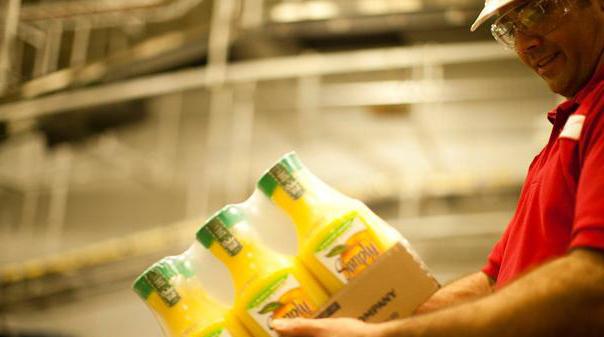
Concept of control
The purpose of control is to identify and evaluate deviations in the properties and parameters of the object under study from regulatory requirements. Even at the stage of preparation for the production process (production of goods or carrying out work activities), the product characteristics are laid down. After the completion of production, the result of the work may either meet the requirements or have deviations from them. Specifically, control is used to identify such discrepancies in enterprises. A key characteristic of technical control is the accuracy of verification operations. That is, we are talking about the objectivity of the process, its adequacy to the established standards and the correctness of the final data. In addition, control measures are characterized by breadth of coverage. One and the same analysis operation, for example, can be applied either to a narrow group of goods, or can be applied to diverse production processes. The main tasks of control include preventing the release of non-conforming products and strengthening production discipline.
Control department
One of the most common forms of control, which is the format of product quality control. Departments of those. control (TCI) are usually independent units within the framework of enterprises that analyze the products for their compliance with established standards (for example, GOSTs). It is important to note that although these departments are subordinate to the management of the enterprise, they operate independently within their functions in the process of work. The managers themselves are also interested in the quality of the work of such units, since their effectiveness affects the company's image in the market. The direct fulfillment of the functions of the department is carried out by the Quality Control Department controller, which issues a product passport with an indication of the quality characteristics and identified deviations from technological requirements. Further, an analysis of the obtained data can be carried out, on the basis of which measures are taken to eliminate the reasons for the release of non-compliant products.
Control Classifications

The main classification concerns the type of object that is subject to control. This can be the qualitative and quantitative properties of the subject, as well as the process. For example, an engineering structure is examined for stiffness, in a set with sweets their quantity can be estimated, and construction work is analyzed for compliance with technology, for example, bricklaying. Another important classification relates to controls. They can be destructive and non-destructive, registration, measuring, etc. There is, for example, a control method involving sensory organs. The types of technical control differ in the status of the executing authority. This may be departmental control, a state oversight service, or a local department working within a small organization.From this we can derive a classification according to the degree of equipment of the controlling body. At the same small enterprises, manual inspection is often used, and large specialized companies are increasingly using mechanized means of verification with automation.
Continuous and selective control
Fundamentally, the division into approaches to the definition of target research objects. So, continuous control assumes that all units of the manufactured product will be subjected to analysis. That is, for example, the conveyor operator must evaluate the quality of each part. This method justifies itself in industries with variable process parameters. In such conditions, it is impossible to ensure equal characteristics of all manufactured copies of the product, therefore, all batches are fully verified. The inconsistency of the characteristics of the production line can be associated with various factors - from the wear of the working equipment as parts are manufactured to the high accuracy and complexity of the product itself. Selective technical control is used more often due to economic justification. The operator spends less time checking, which increases its productivity. However, with this approach, there remains the risk of receiving a defective product at the outlet.
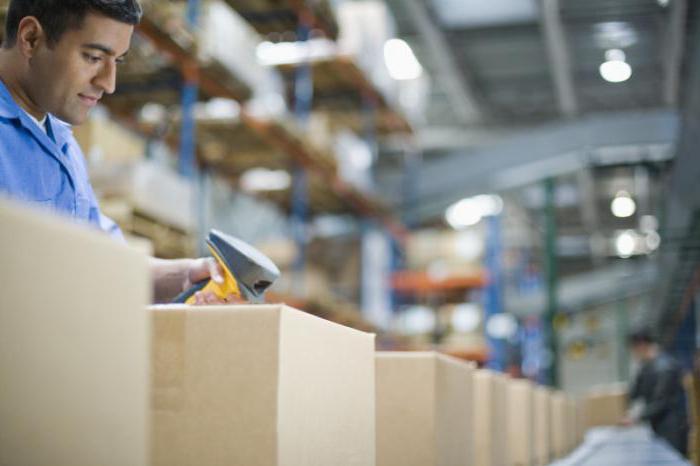
Features of rejection control
This kind of control is based on the principle of "good - bad." That is, a complete screening of products is made, the characteristics of which do not meet certain requirements. The operator in the process of performing such a check does not have the ability to judge the admissibility of continuing the production process due to a discovered defect - this is the drawback of this approach. The conveyor continues to work after a defective copy has been selected. Therefore, for example, the controller of the quality control department can act on the principles of preventive verification. This means that when identifying a low-quality product, it can take certain measures. If a system error is detected already with the serial production of rejects, then it can adjust the parameters of conveyor equipment - in particular, change the processing speed. On modern lines, operators work closely with diagnostic equipment, which makes it possible to identify inaccuracies in the production process at the software level.
Traditional control methods
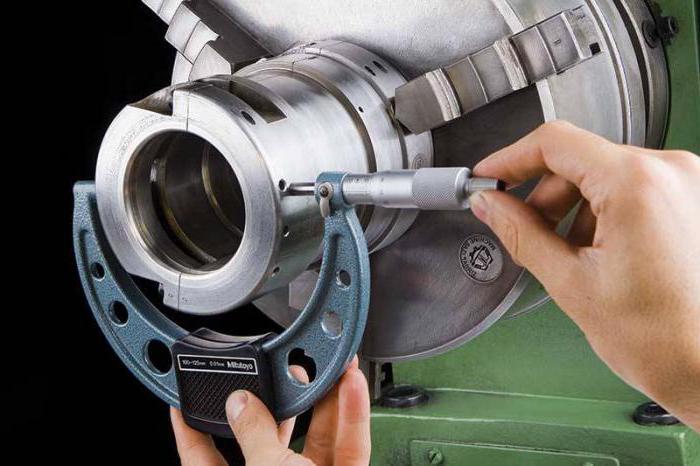
At the moment, the main method of verification is the statistical acceptance analysis of the product. It enables the use of physical and chemical means of verification, which, in turn, are divided into the already mentioned destructive and non-destructive test methods. The first group includes a physical impact test (shock, stretching, pressure, rotary loads). With this method, as a rule, the product is not restored. As for non-destructive methods, modern technical inspection services more often use magnetic and ultrasonic methods. They are distinguished by accuracy of analysis, the ability to maintain the characteristics of the object and high speed.
Magnetic control methods
To use this method, electromagnetic materials are used, which allow a kind of scanning of the internal structure of the object. With the help of dispersion fields, defects of controlled products are detected. The entire monitoring process includes two procedures. The first involves the magnetization of an object by means of special equipment, after which the result of scanning by fields is recorded on magnetic tape. At the second stage, a magnetographic flaw detector is connected, which recognizes the recorded data. Today, the use of technical means of control is common in the construction and utilities services sectors.That is, in those areas where it is impossible to use destructive methods - for example, if you need to evaluate the quality of the welds of the existing pipeline. Electromagnetic equipment will allow you to check metal pipes for the presence in their structure of cavities, chips and cracks that are not visible from the outside.
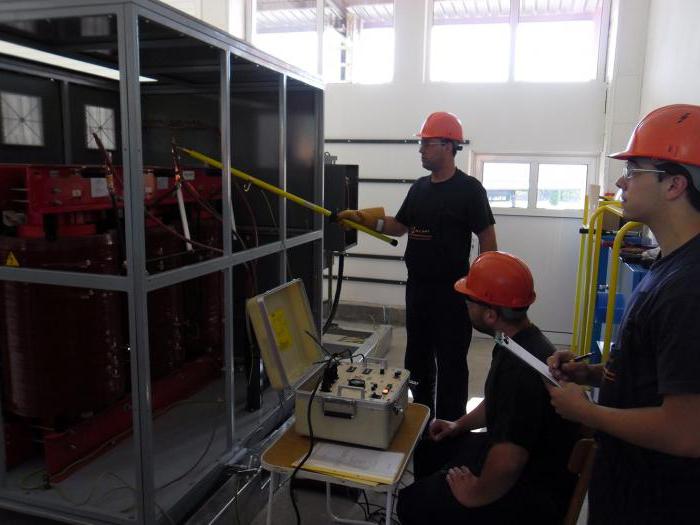
Ultrasonic methods
There is a whole line of ultrasonic flaw detection, most of the methods of which are based on the propagation of ultrasonic vibrations. In the process, the same combination of active and analyzing equipment is used - in this case, an ultrasonic transducer and a flaw detector. When an acoustic wave is applied, sound reflection occurs with different resistance characteristics. The flaw detector evaluates the obtained parameters and, based on the results of the test, gives an opinion on the internal state of the object. Depending on the acoustic wavelength, such technical control methods can detect large or small defects. However, during scanning, there may also be barrier areas that prevent the obtaining of an accurate result. Similar phenomena are possible in working with heterogeneous alloys or products having a complex structure.
Stages of technical control
At the first stage, the responsible controller receives primary regulatory information about the subject of the survey - these are the parameters that he must comply with. In particular, the operator captures the properties, features and performance. The next step is to obtain secondary information. Using the same control methods, deviations from the planned norms and requirements are detected. At the final stage, technical control documents are developed that reflect all the information about the preparation for the analysis, data on the sampling method, defect detection technology, etc. The list of documents must contain factual information, technical parameters, and a prepared product passport.
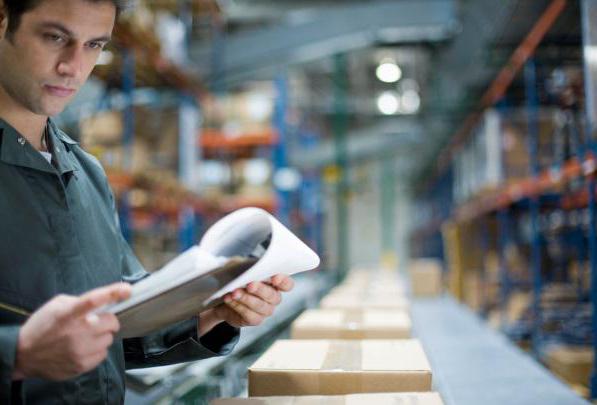
Organization of control
A special room should be allocated for the organization of the control procedure. Further, a plan for the technical organization of the process is developed, which takes into account the specifics of the products, the level of technical equipment, the number of jobs, etc. The initial data will determine the appropriate verification method and method of its implementation. For example, technical control at an enterprise that manufactures metal components for automobiles will have to use at least measuring instruments. In modern concerns, non-destructive testing methods are also used to test such products. Next, a logistic map of verification activities is compiled, responsible operators are appointed and the technical equipment of the selected premises is made.
Control value
From the point of view of the state, checking the quality of products is a prerequisite for ensuring the safety of the population. Especially in the context of observance of consumer rights of citizens. Safety can be seen as a set of hazards potentially characteristic of a consumer product. Accordingly, these factors and threats must be controlled. In addition, technical quality control of products is an essential condition in maintaining the competitiveness of the enterprise. It is the development of an open consumer market that forces manufacturers to tighten requirements for their own products, increasing the basic operational characteristics.
Conclusion
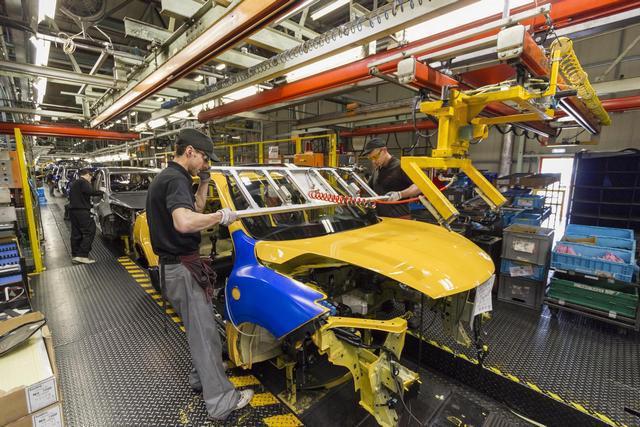
Quality control as a set of verification activities cannot exist in isolation from regulations and requirements that generally regulate different segments and categories of products. Oversight services rely on existing standards that are constantly changing.Accordingly, technical control is also developing, which is evident both in the methods used and in organizational approaches. Technologies for performing verification operations are being improved along with increasing the functionality of measuring equipment. It is enough to give an example of non-destructive control methods that were used only in highly specialized areas only a few years ago, and today are widely used even by small firms.